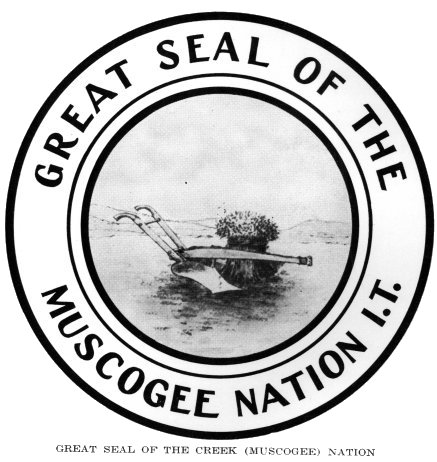

The Indian Conflicts of the Early 1800's in Alabama
By: Kathryn Braund, Auburn University
Following the Battle of Tippecanoe in 1811 and the destruction of Prophet's Town by the Americans, Shawnee chief Tecumseh intensified his cry for a united Indian confederacy. This influence and the divisive line it drew over assimilationism began echoing throughout tribal lands, even as far away as Alabama. This split populations along ideological lines, forcing them to choose allegiances.
Following the Battle of Tippecanoe in 1811 and the destruction of Prophet's Town by the Americans, Shawnee chief Tecumseh intensified his cry for a united Indian confederacy. This influence and the divisive line it drew over assimilationism began echoing throughout tribal lands, even as far away as Alabama. This split populations along ideological lines, forcing them to choose allegiances.
As Shawnees in the north launched a retaliatory campaign in the spring and summer of 1812 for the destruction of Prophet’s Town, the Creek National Council moved against their own people who had attacked settlers on the frontier. Those who robbed or killed travelers and American settlers on the frontier were publicly whipped and executed. The actions, which violated the traditional prerogatives of clan leaders, brought the nation to civil war by the summer of 1813.
For more on the history of the early Indian Wars in Alabama, Click Here.
In late July, a party of Creek dissidents, known as Red Sticks because they had raised the “red stick” or “red club” of war against their chiefs, were attacked by Mississippi Territorial militia as they returned to their towns from Spanish Pensacola where they had obtained supplies and ammunition from the Spanish. The Red Sticks retaliated by attacking the fortified plantation of Samuel Mims, where American militia and settlers, many of Creek descent, had gathered for protection, anticipating a Creek attack. The stunning success of the Red Sticks, played up in the national press as a barbarous attack against Americans, brought the United States into the war.
Thus, the Creek civil war became a war of American conquest. The war ended with a decisive victory by Andrew Jackson at Horseshoe Bend in late March 1814. By the end of the war, the majority of Upper Creek people were homeless, and an estimated half of the population was either dead or seeking refuge in Spanish territory.

Menawa continued to oppose American encroachments on Creek land following the conclusion of the war.
Library of Congress, Prints and Photographs Division
Library of Congress, Prints and Photographs Division
Battle of Tippecanoe





